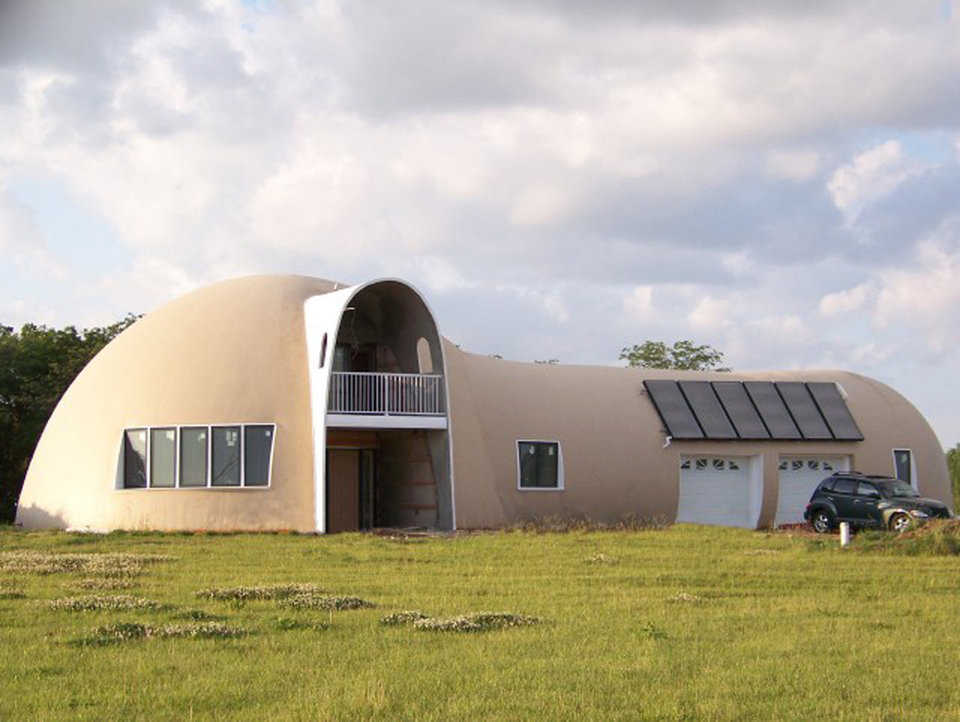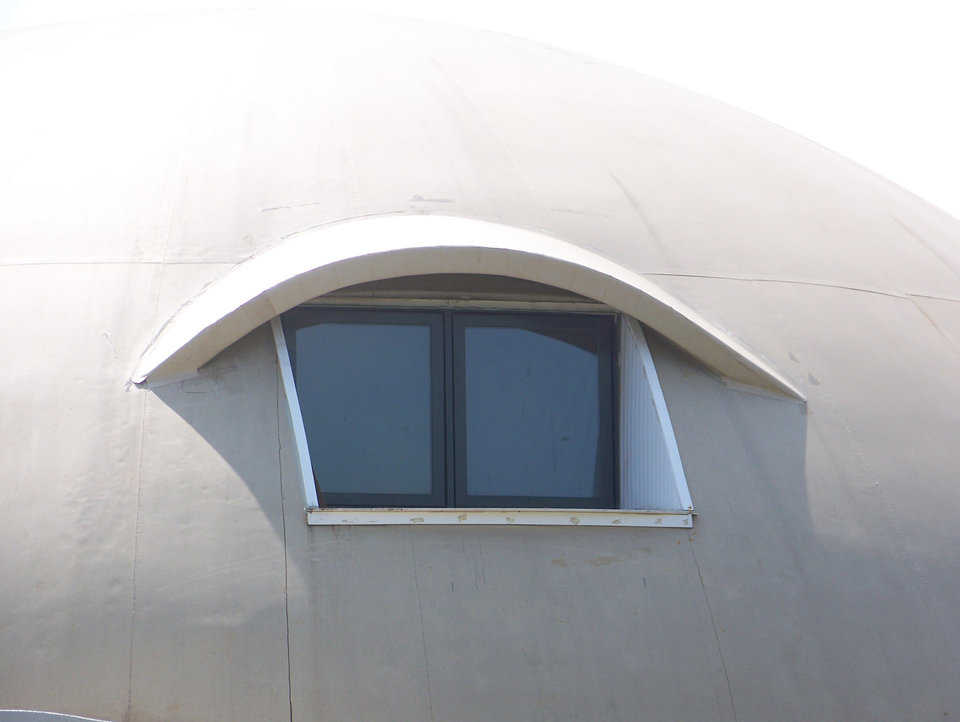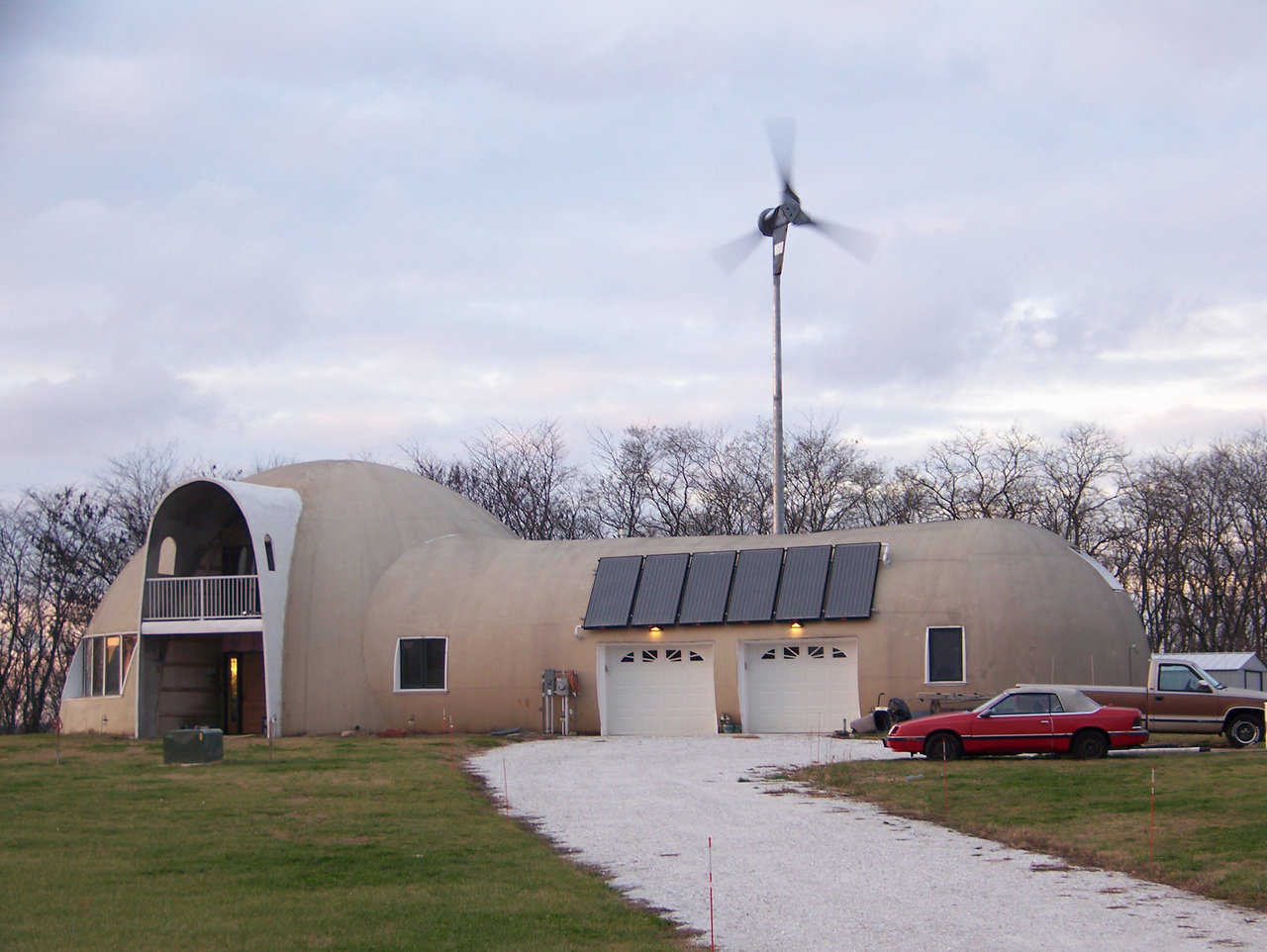“All great projects start with a spouse!”
That was Robin Miller’s reply when asked how and why he got interested in a Monolithic Dome home.
He went on to explain that Kati, his wife, had lived in several coastal states but never in the middle of the country until they married and moved to Illinois.
“One day about a year later,” Robin said, "I found Kati sitting in the basement of our home in response to a tornado warning by the National Weather Service. She looked at me and said, ‘This is a warning, right? They’ve seen this, right? Where the heck is it?’ She expected major damage. Once we got the ‘all clear,’ she looked at me again and declared, ‘I am not doing this again.’
“I agreed,” Robin continued, “so at this point, it was a case of finding a disaster-resistant building.”
The Millers saw an article in Home Power Magazine that described a Monolithic Dome home being built in California because of its resistance to earthquakes. The article also talked about the dome’s energy efficiency.
“Energy efficiency — something better than stick-built construction — is something I’ve always been interested in,” Robin said. “That article eventually led me to the Monolithic Dome website.”
More research
During the four years that followed, Robin continued reviewing Monolithic’s website. In addition, he and Kati visited and inspected Monolithic Domes that were participating in three different Annual Dome Tours.
Robin said, "We went to the first Dome Tour just as a day trip. I wanted to convince Kati that these domes actually exist. But she had no illusions and she was not excited.
“But after seeing her first Monolithic Dome home, she said, ‘We got to do this!’”
All that research enabled the Millers to design a Monolithic Dome home that included all the features they wanted.
A hot dog sticking out of a round bun
That was one description of their dome-home’s shape that the Millers heard. Actually it’s a hemisphere with a 48-foot diameter and a tubular extension, built using a single Airform.
The hemispheric main dome encompasses two stories, four bedrooms, two baths, kitchen, dining room, living room, utility room, nooks and crannies for storage.
The tubular extension is a 24-foot hemisphere, four feet over center and 60 feet long. It holds a two-car garage, workshop and utility space.
In their design, the Millers included an open, arched area over the front entrance that they will use as a second-floor, outside balcony, accessible via their master suite.
Robin said, "We really did some neat things with the interior layout, such as doubly curved surfaces, the interaction with the extension, multiple curved arcs and what not. Kati really likes the spaces.
“In the bathrooms, we used glass block, some with glow-in-the-dark treatment,” he added. “That gives each bathroom a built-in night light.”
Solar-thermal in Illinois!
In a “President’s Sphere” article, David B. South wrote, “The concrete in a Monolithic Dome is isolated from the outside world by insulation. Therefore it is used as a thermal battery …. This means heat can be stored in the dome shell and then that heat is available to use at a later time. There is no other structure which offers this advantage.”
Because of that capability, the Millers installed six solar-thermal collectors over their garage. They collect the sun’s light and heat and convert it into thermal energy that heats the water stored in a 350-gallon tank in the utility room.
That water can circulate under the floor, through the dome’s radiant heating system and heat the dome in cold weather. The tank also holds heated water for showering and laundry. Electric tankless water heaters, designed to work with solar, provide a back-up system.
Neighbors’ reactions
The Millers built their Monolithic Dome home on a five-acre site in Green Valley, Illinois, a village of about 700 residents in the Peoria metro area.
Although Green Valley had no restrictions prohibiting the construction of a dome, as a courtesy, Robin and Kati did tell their neighbors of their plans.
Robin said, "We got no reaction — until the construction actually started. We are just off the main county highway, so the Airform inflation turned into a real show-stopper. People actually swerved on the road and it became the talk of the area.
“I had to assure my neighbors that it was not a mosque or a nuclear reactor. Then things calmed down. But we still get gawkers all the time, and if they’re interested and we can, we give them a tour,” he concluded.
September 27, 2007

Hot dog sticking out of a round bun — That was one description of their dome-home that the Millers heard. But it’s really a hemisphere with a 48-foot diameter and a tubular extension, built using a single Airform.

Window with an eyebrow — The eyebrow is a rebar frame epoxied into the concrete shell, sheathed with a plywood and foam sandwich, and topped with more Airform fabric.
